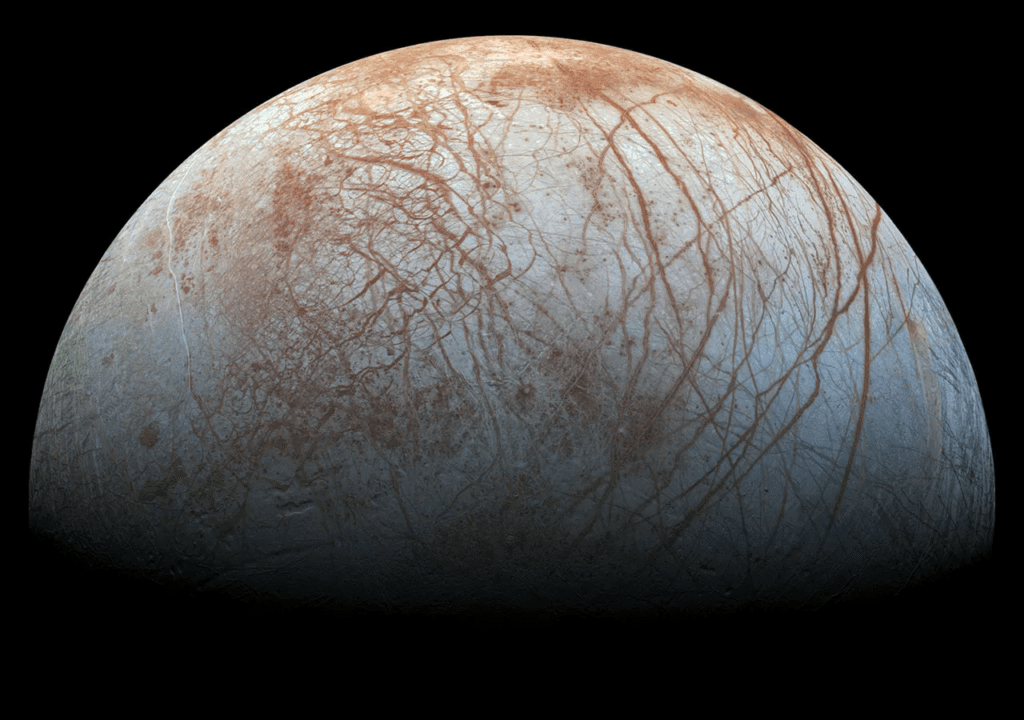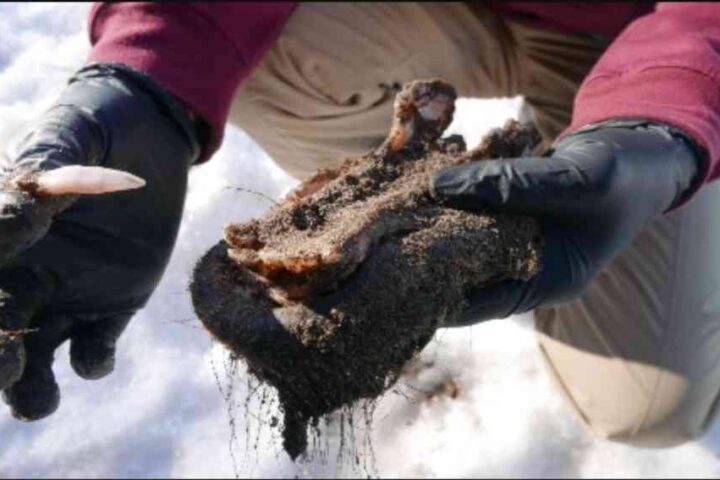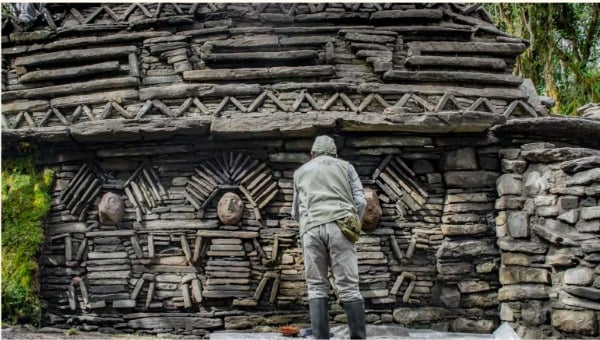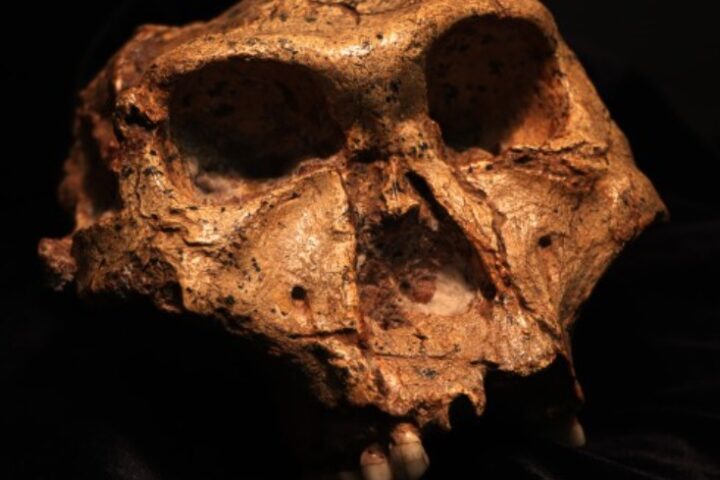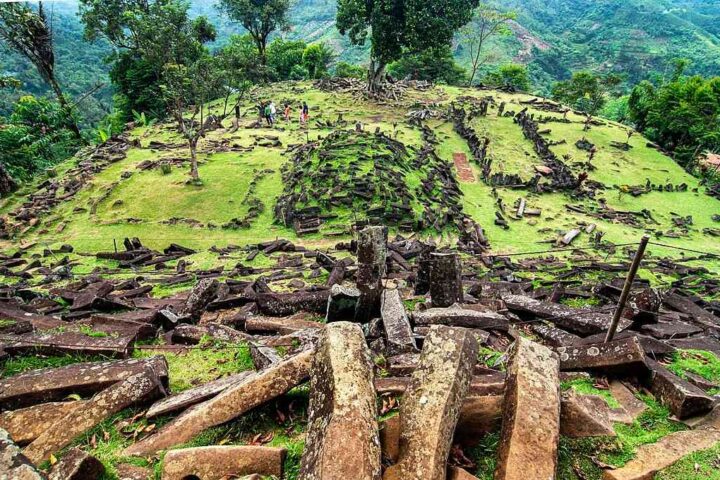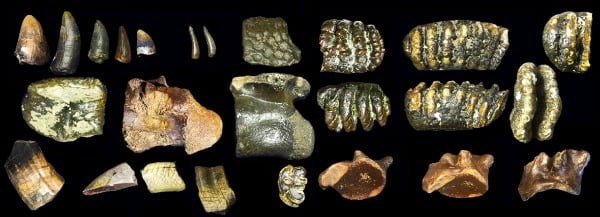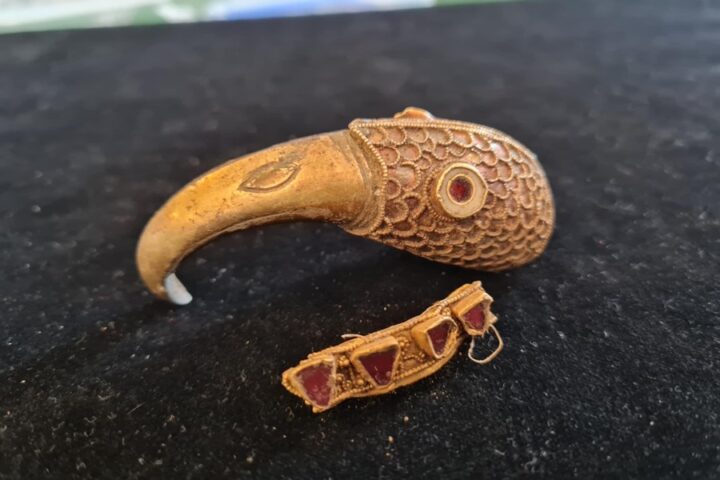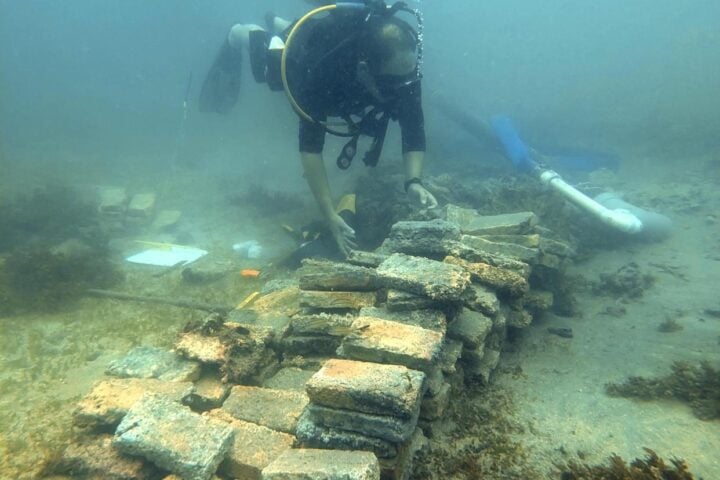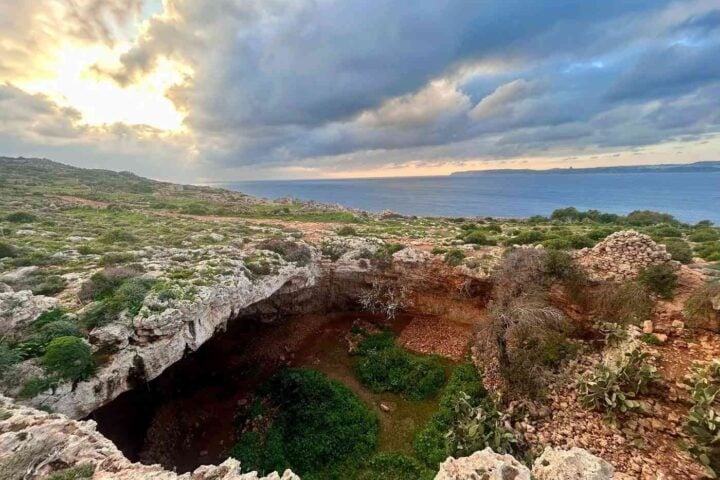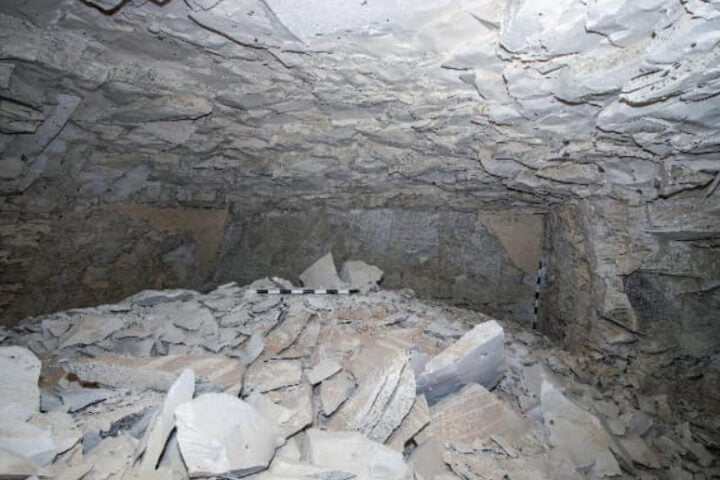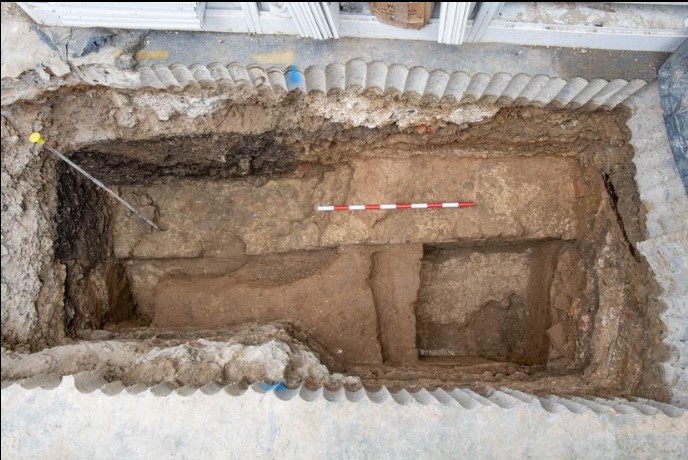In a moment that has left the archaeological community abuzz, researchers from the University of Liverpool and Aberystwyth University have delved into the depths of history, uncovering evidence of our ancestors crafting wooden structures a staggering half a million years ago. This revelation, a true testament to ancient innovation, hails from the archaeological treasure trove of Kalambo Falls, Zambia, and predates the dawn of Homo sapiens.
A Glimpse into Early Human Life
Nestled in the heart of Zambia, the well-preserved artifacts at Kalambo Falls serve as a time capsule, offering a rare and intimate glimpse into the lives of early humans. “This find has changed how I think about our early ancestors,” exclaimed an elated Professor Larry Barham from the University of Liverpool’s Department of Archaeology, Classics and Egyptology. The structures unearthed, likely the foundations of platforms or dwellings, stand as the earliest evidence of deliberate log crafting for construction.
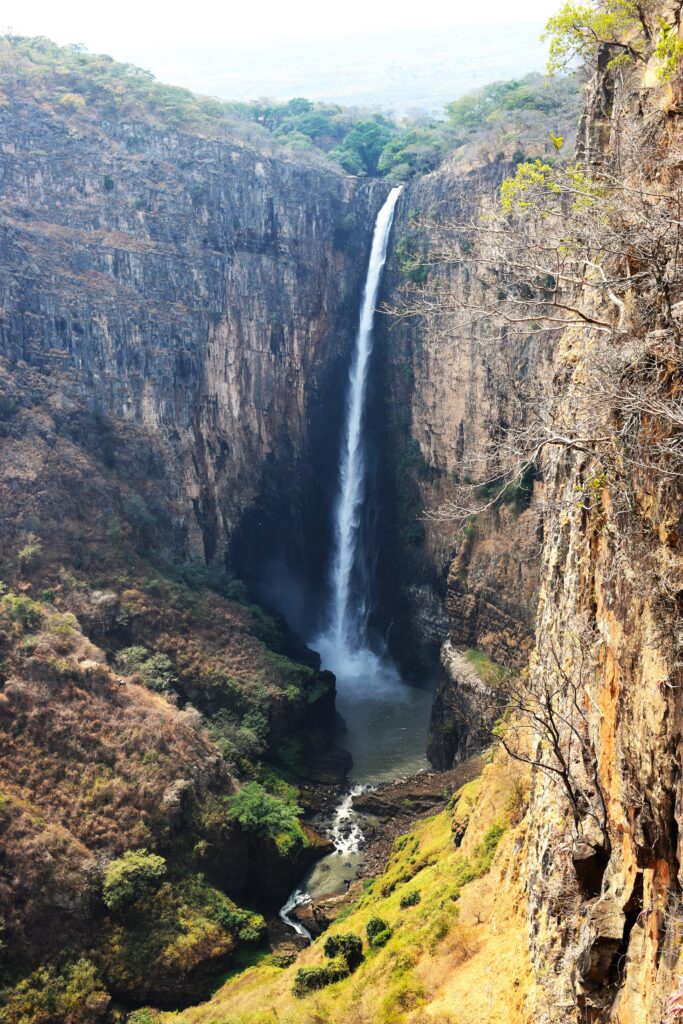
Challenging Prevailing Views
This discovery is rewriting history books, challenging the long-held view of Stone Age humans as predominantly nomadic wanderers. The site, with its perennial source of water and abundant food, paints a vivid picture of early humans settling, innovating, and transforming their surroundings. “They used their intelligence, imagination, and skills to create something they’d never seen before,” Professor Barham added with enthusiasm.
Dating Techniques and Challenges
Venturing further into the past, experts at Aberystwyth University employed new luminescence dating techniques, overcoming the challenges of dating such ancient artifacts. “These new dating methods allow us to piece together sites that give us a glimpse into human evolution,” stated Professor Geoff Duller, highlighting the far-reaching implications of these advancements.
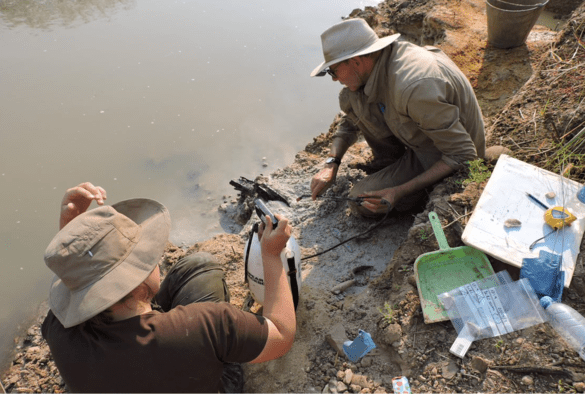
World Heritage Recognition
Situated above a majestic 235 metres waterfall, Kalambo Falls is a candidate for UNESCO’s World Heritage site recognition. “Our research proves that this site is much older than previously thought, so its archaeological significance is now even greater,” Professor Duller added, emphasizing the site’s growing importance in the archaeological community.
Similar Posts
Deep Roots of Humanity Project
This research is a cornerstone of the innovative ‘Deep Roots of Humanity’ project, a journey into the development of human technology during the Stone Age. Funded by the UK’s Arts and Humanities Research Council and involving a collaboration of Zambian heritage institutions, the project is set to continue uncovering insights into Stone Age technology and human evolution.
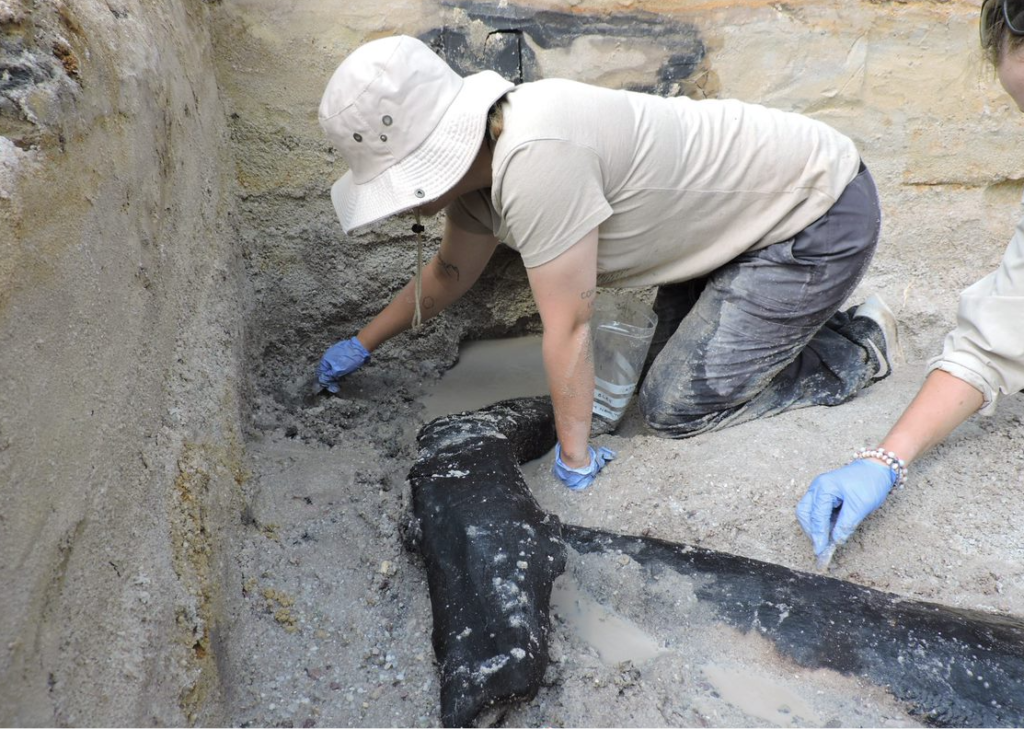
Reshaping Historical Narratives
Published in the esteemed journal Nature, the research from Kalambo Falls is reshaping historical narratives and shedding light on the technological advancements and capabilities of our ancestors. The site’s proximity to a waterfall and abundant natural resources made it an ideal location for settlement and innovation, revealing a sophisticated use of materials and a glimpse into the daily lives of early humans.
The Quest for Knowledge
The ongoing research and exploration at Kalambo Falls hold the promise of unveiling more about our ancestors’ way of life. The well-preserved state of the wood artifacts offers a unique opportunity to study and understand early human craftsmanship. The findings at Kalambo Falls are a step forward in piecing together the intricate puzzle of human history and technological progress, challenging preconceived notions about the Stone Age and opening up new avenues for exploration and understanding.
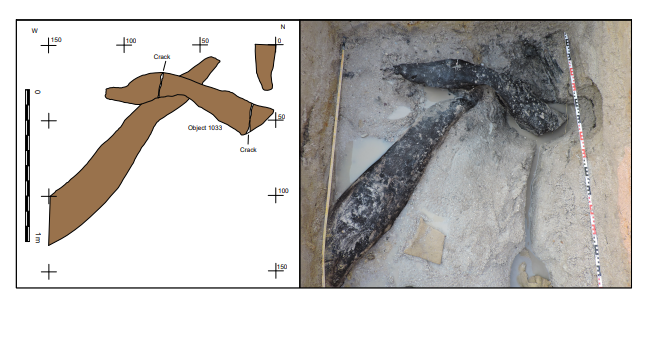
A Testament to Human Origins
With archaeological spirit and enthusiasm, the research at Kalambo Falls stands as a testament to the enduring quest for knowledge and understanding of our origins and the capabilities of early humans. The discovery serves as a reminder of the untapped mysteries and knowledge embedded in ancient archaeological sites, contributing to a growing body of evidence showcasing the ingenuity and adaptability of early humans.

